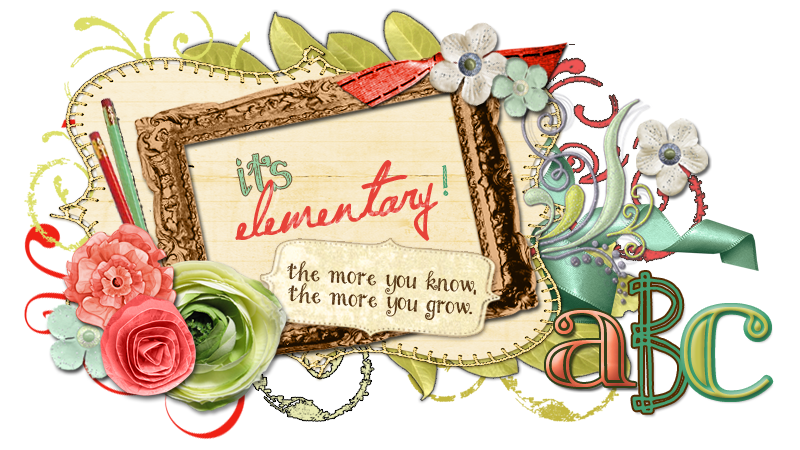As we all begin to implement the Common Core Standards, it is important to explore the role of discourse in these standards and in our classrooms. The Common Core Math Standards for mathematics are based on five processes: communication, reasoning and proof, problem solving, representation and connections.
Students demonstrate their understanding by being able to explain, justify and apply. Math talk actually helps students become problem solvers by focusing on getting students to talk and communicate in groups.
Rich math discussions are key elements in mathematical development. The two pathways for creating and using new knowledge are when students talk about mathematical concepts and strategies or when students listen to other people's ideas during discourse.
In order to build a community of mathematical thinkers, we need to teach the following skills to our students:
1. How to explain your thinking
2. How to be an active listener
3. How to have a conversation
4. How to be supportive of your fellow mathematicians



